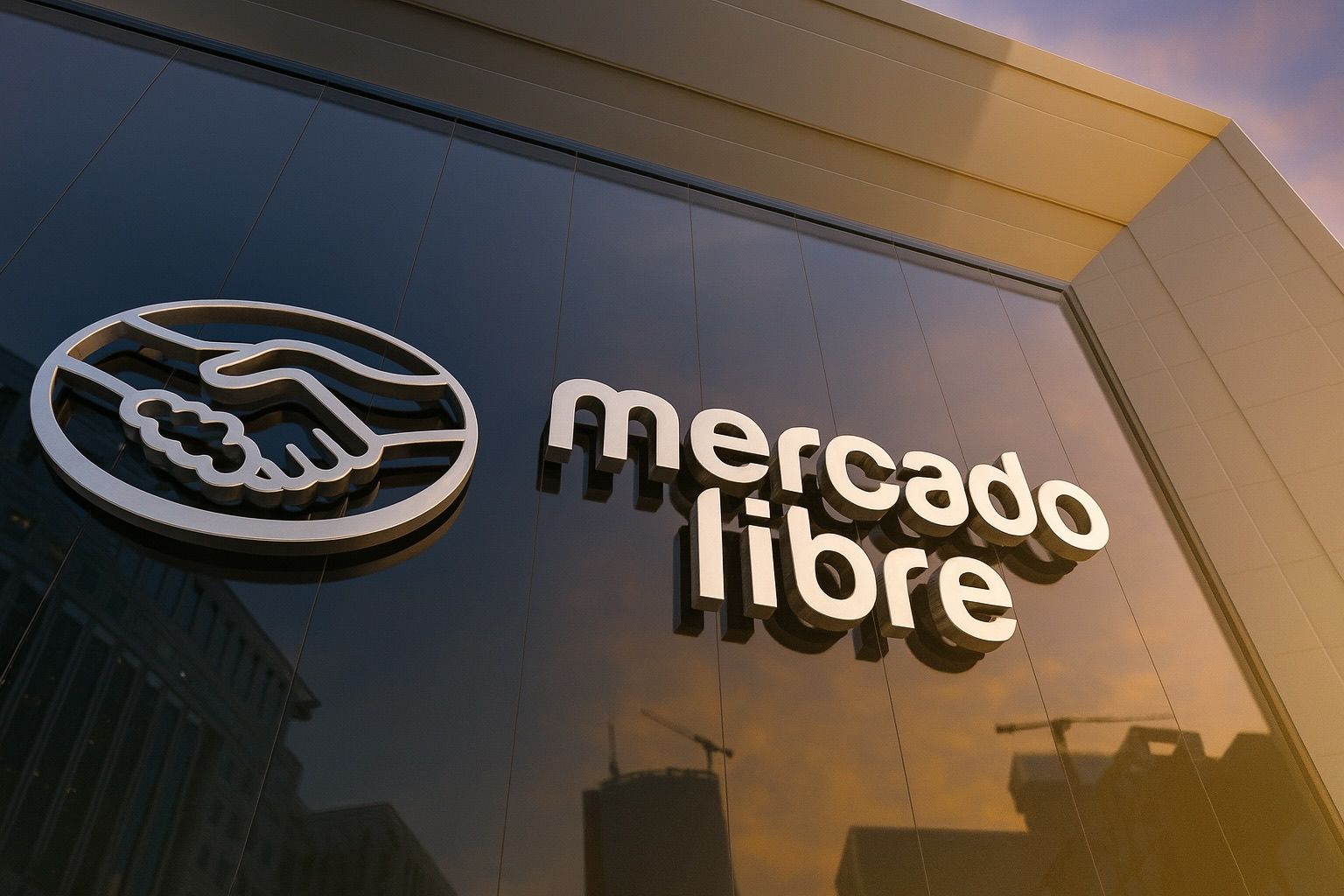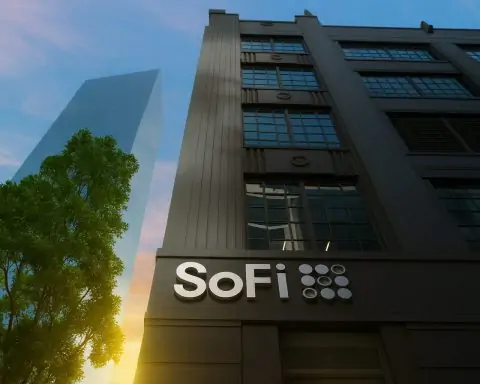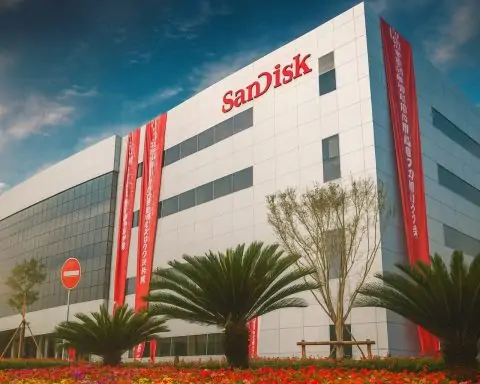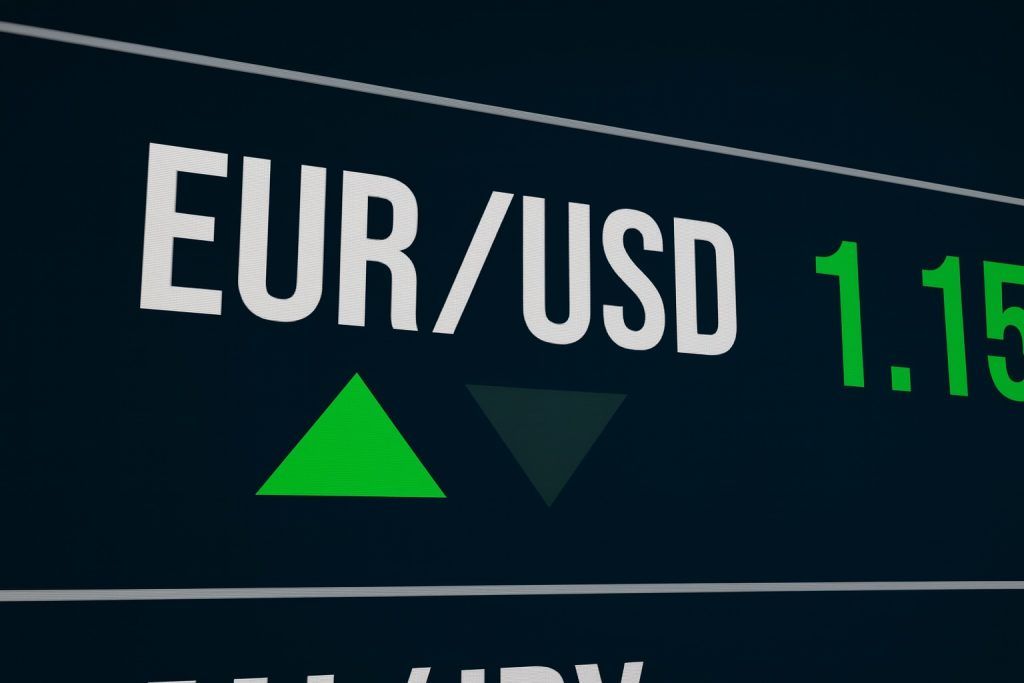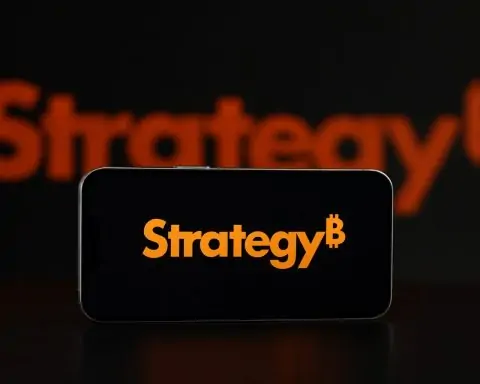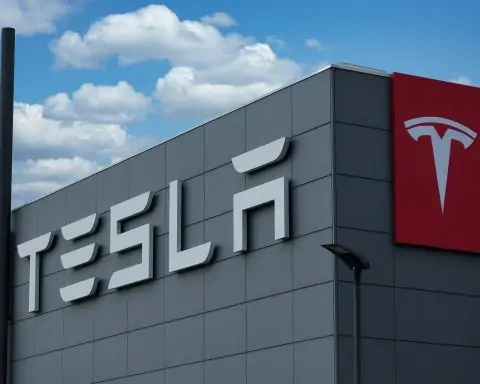- Share Price: Around $2,048 at midday Oct. 15, 2025 (down ~5.1% on the day) [1], well below its 52-week high (~$2,645) [2]. Recent trading has been volatile – up to ~$2,500 in late September, then falling back to the $2,100–2,200 range in early October [3] [4].
- Latest Earnings (Q2 2025): Revenue $6.8 B (+34% YoY) vs. $6.7 B est; net income $523 M vs. ~$596 M expected [5]. Growth was driven by free-shipping promotions in Brazil, but profit was hit by margin pressure and currency losses. CFO Martin de los Santos said these investments hurt short-term margins but “we are very optimistic about the long-term trajectory of our profitability” [6].
- Business Developments: MercadoLibre is expanding beyond consumer retail. It launched a B2B e‑commerce unit (in Brazil, Argentina, Mexico, Chile) targeting wholesalers – “a market… characterized by higher average tickets, recurring purchases, larger orders and lower return rates,” the company noted [7] [8]. It also entered Brazil’s online pharmacy market by acquiring a drugstore – the first step to selling pharmaceuticals via its platform [9].
- Market Position: Brazil remains its largest market (accounting for ~half of 2024 revenues [10]). In LatAm e‑commerce, MercadoLibre is dominant but faces stiff competition from Amazon, Walmart and Shopee. JPMorgan analysts warn that Brazilian competition will likely raise operating costs: “growth should come at a higher cost to MELI in the coming years” [11].
- Fintech Expansion: MercadoPago (the company’s payments/financing arm) is also surging. By mid-2025, the credit portfolio had roughly doubled year-over-year (reaching ~$9.3 B, +91%) [12], with default rates near historic lows. Management is nevertheless tightening lending in Brazil and Mexico amid rising interest rates and a “weaker macroeconomic outlook” in those markets [13].
- Analyst Outlook: The consensus is a Moderate Buy (average price target ~$2,810 [14]). Targets range from ~$2,600 (JPMorgan’s Neutral view [15]) up to ~$2,900 (Susquehanna’s Positive stance [16]). Analysts note that long-term fundamentals (fast market growth, strong balance sheet) could justify the upside, despite near-term headwinds.
Stock Performance & Recent Moves
MercadoLibre’s stock (NASDAQ: MELI) opened near $2,181.92 on Oct. 15 but fell sharply into the afternoon. Reuters data show a midday price around $2,048.35 – about 5.1% lower than the previous close [17]. This continues a pullback from late-September highs (~$2,500) when the stock briefly approached its 52-week peak. Trading volume has been elevated amid market jitters about Latin American growth. In October so far, MELI is down roughly 10–15% from its September peak [18] [19].
Most of the recent price swings reflect broader volatility in tech and e-commerce stocks, especially in emerging markets. Notably, on Oct. 9 the company announced its Brazil pharma move (see below), but the stock reaction was muted. Instead, analysts attribute the slide to concerns over competitive pressures and currency issues. For example, JPMorgan cited intensified Brazilian competition (from Amazon and Shopee) as a drag on margins [20]. Overall, MercadoLibre remains up modestly (~+20%) year-to-date, but below the highs of late 2024 (when shares hit $2,645 [21]).
Q2 2025 Financial Results
MercadoLibre’s second-quarter (ended June 30, 2025) results were mixed. Revenue rose to $6.8 billion (up 34% YoY), slightly above the ~$6.7 billion consensus [22]. But net income was $523 million, below the ~$596 million analysts had expected [23]. The shortfall was largely due to investments in free shipping in Brazil, which boosted sales but squeezed profit margins. CFO Martin de los Santos explained that the company is deliberately “ahead of growth opportunities,” even if it means margin pressure in the near term [24]. He added that these trade-offs were intentional: “We don’t want to miss the growth opportunities ahead of us… We are very optimistic about the long-term trajectory of our profitability.” [25]
Operating profit (EBIT) also fell short of forecasts: $825 M reported vs. ~$869 M expected. Still, this was a record dollar EBIT, and free-cashflow was strong thanks to efficient operations in Mexico and elsewhere. MercadoLibre pointed out that, excluding one-time currency and tax effects (especially a weaker Argentine peso), underlying margins have steadied. In fact, in the prior quarter (Q4 2024) the company exceeded profit forecasts, reporting $639 M net income (vs. ~$402 M est) and $6.1 B revenue [26] [27]. After that report, Jefferies praised the company’s performance as “a solid beat with higher top line and much better margins” [28].
Business Expansion and Strategic Initiatives
Beyond earnings, MercadoLibre has been aggressively expanding its ecosystem. In Latin America’s B2B segment, it recently launched a new wholesale division. Starting this fall, businesses in Brazil, Argentina, Mexico and Chile can access MercadoLibre’s B2B marketplace, which already has over 4 million enabled users [29]. The firm noted that B2B commerce is highly strategic: it tends to involve “higher average tickets, recurring purchases, larger orders and lower return rates,” which can boost revenue stability [30].
In Brazil, MercadoLibre took a big step into online pharmaceutical sales. To comply with regulations, the company acquired an existing drugstore so it can legally sell medicines on its platform [31]. Executive Fernando Yunes said this is just a first step: MercadoLibre “wants to be a marketplace, we want drugstores selling on MercadoLibre” [32]. The firm is also lobbying Brazilian regulators to modernize pharmacy laws that currently restrict e-sales. As Yunes put it, “Brazilian law was created a long time ago… we believe it needs to be modernized” to give customers easier access to medications [33]. This effort could unlock a multi-billion-dollar market, since Brazil is the only major LatAm country where MercadoLibre hadn’t yet sold prescription drugs online.
Additionally, MercadoLibre is plowing record capital into logistics and staffing. In 2025 the company plans to invest ~$13.2 billion in Latin America (per Bloomberg/Emarketer), much of it on warehouses, shipping networks and tech. It will also boost headcount by ~33% (adding ~28,000 jobs) to support this growth [34]. Roughly half of those resources and hires are focused on Brazil (accounting for over half of its revenue [35]), with the rest mostly in Mexico and Argentina. The goal is to improve delivery times and scale up for bigger items, helping defend against Amazon and Walmart.
Latin American Market Context
MercadoLibre operates in a rapidly evolving e-commerce and fintech market. Latin American internet adoption and online shopping continue to grow fast, but economic conditions vary widely across the region. For example, inflation and interest rates remain elevated in Brazil and Argentina, which can dampen consumer demand and increase credit costs. In Q2, MercadoLibre explicitly cited currency volatility as a headwind – Argentine peso weakness cut into profits [36]. (This was a recurring theme: in Q4 management noted that reduced currency losses helped margins, as high inflation in Argentina was easing [37].)
Competition is intense in MercadoLibre’s key markets. In Brazil, e-commerce rivals Amazon and Shopee have both accelerated their local expansions this year. Shopee, for instance, is building out its own logistics hubs in Latin America, and analysts at JPMorgan warn that these moves mean “growth should come at a higher cost to MELI” in the coming years [38]. Similarly, in fintech (payments and credit), MercadoPago faces fast-growing local challengers like Nubank and Ualá [39]. Analysts note that MercadoLibre’s strength is its integrated ecosystem – users shopping on its site are likely to use its payments and credit services – but the company must keep innovating to retain that edge [40] [41].
Overall, MercadoLibre remains the dominant online marketplace in much of Latin America, benefitting from weaker offline alternatives. Its executives point out that the region’s internet economy is still relatively young: roughly a quarter of people have no bank accounts or rely on cash [42], so digital financial services can unlock new spending. CEO Marcos Galperin has said the strategy is to “give each user a private banker of their own,” using AI and data from its platform [43]. If successful, this could drive years of growth as more consumers move online.
Analyst Commentary & Price Targets
Wall Street analysts have mixed views on MELI. According to MarketBeat data, the consensus rating is Moderate Buy with an average 12-month price target of about $2,810 [44]. The range is wide – some forecasters see significant upside, others are cautious.
For instance, Susquehanna recently set a $2,900 target (up from $2,975) and maintains a Positive outlook [45]. Susquehanna’s analyst sees roughly 36% potential upside from current levels. In contrast, JPMorgan (which holds a Neutral rating) cut its target to $2,600 on Oct. 3, citing the tougher competitive landscape in Brazil [46] [47]. Other firms range in between: Raymond James has a ~$2,750 target with a “Strong Buy” view, while Jefferies recently reiterated a $2,800 target on a Hold call [48].
Many analysts emphasize the longer-term growth case. For example, Santander Research noted that although Q2 results disappointed, they “do not expect sustained underperformance as downward revisions should be limited.” [49] In other words, a short-term dip in results isn’t seen as derailing the company’s growth story.
Looking ahead, some broker forecasts are more bullish on the horizon. A few 2026–2028 models project continued 30–40% annual growth in e‑commerce and fintech revenues, given expanding internet access. If MercadoLibre hits these projections, its current valuation (trading at ~50–55x 2025 EPS [50] [51]) might be justified. However, analysts also caution that any worsening of Latin American macro conditions (high inflation, currency swings, political instability) could pressure forecasts.
Macroeconomic & Regulatory Influences
Broader economic factors are important. Latin America has seen slow GDP growth (~2–3%) and higher interest rates vs. pre-pandemic. If inflation stays high, consumers may cut back spending, and central banks might keep rates elevated longer. For MercadoLibre, higher rates in Brazil/Mexico already mean slower credit demand. As MercadoPago’s head Osvaldo Gimenez said, they have become “a little bit more cautious” with credit in Brazil and Mexico given the economic outlook [52].
Currency is another factor: the Argentine peso and Brazilian real have both weakened over the last year. In Q2, MercadoLibre took a charge from Argentine currency losses [53]. A weaker local currency hurts the USD-reported results of its subsidiaries and can hit reported earnings. On the other hand, a weaker currency could make MercadoLibre’s stock (priced in USD) cheaper for foreign investors.
Regulatory changes also matter. The Brazilian government’s stance on e-commerce and digital finance could swing, especially with elections on the horizon in 2026. So far, MercadoLibre has been proactive: it’s negotiating with regulators to liberalize the pharmacy market [54] and has invested in infrastructure ahead of possible new competition rules. Trade and geopolitical shifts (e.g. U.S. trade policy, global tech investment trends) play a lesser direct role, but any slowdown in global tech investment could impact stock multiples for a high-growth name like MELI.
Outlook
In summary, MercadoLibre is navigating a challenging but opportunity-rich environment. In the near term (coming quarters), Wall Street expects slower profit growth due to competition and investments, as evidenced by the recent stock pullback. However, analysts and management alike stress the long-term story: LatAm e-commerce and fintech are underpenetrated, and MercadoLibre’s scale and ecosystem give it a durable advantage. If the company can sustain growth (for example, by capitalizing on its new B2B and pharma initiatives and managing credit risk), its earnings should recover.
For investors, the key questions are whether growth will justify MercadoLibre’s lofty valuation. Many analysts still see 50–100% upside if the company meets optimistic forecasts (hence targets near $3,000 [55]). But the risks – currency swings, regulatory delays, and fierce competition – are real. As one broker put it, MercadoLibre’s stock is facing headwinds today, yet most agree it remains a “buy-the-dip” candidate in the long run.
Sources: Company earnings releases and filings; Reuters news articles [56] [57] [58] [59]; market data from Reuters and MarketBeat [60] [61]; analyst research notes.
References
1. www.reuters.com, 2. www.marketbeat.com, 3. stockanalysis.com, 4. www.reuters.com, 5. www.reuters.com, 6. www.reuters.com, 7. www.reuters.com, 8. www.reuters.com, 9. www.reuters.com, 10. www.emarketer.com, 11. finviz.com, 12. www.reuters.com, 13. www.reuters.com, 14. www.marketbeat.com, 15. www.marketbeat.com, 16. www.marketbeat.com, 17. www.reuters.com, 18. stockanalysis.com, 19. www.reuters.com, 20. finviz.com, 21. www.marketbeat.com, 22. www.reuters.com, 23. www.reuters.com, 24. www.reuters.com, 25. www.reuters.com, 26. www.reuters.com, 27. www.reuters.com, 28. www.reuters.com, 29. www.reuters.com, 30. www.reuters.com, 31. www.reuters.com, 32. www.reuters.com, 33. www.reuters.com, 34. www.emarketer.com, 35. www.emarketer.com, 36. www.reuters.com, 37. www.reuters.com, 38. finviz.com, 39. www.reuters.com, 40. www.reuters.com, 41. www.reuters.com, 42. www.reuters.com, 43. www.reuters.com, 44. www.marketbeat.com, 45. www.marketbeat.com, 46. finviz.com, 47. www.marketbeat.com, 48. www.marketbeat.com, 49. www.reuters.com, 50. www.reuters.com, 51. www.investing.com, 52. www.reuters.com, 53. www.reuters.com, 54. www.reuters.com, 55. www.marketbeat.com, 56. www.reuters.com, 57. www.reuters.com, 58. www.reuters.com, 59. www.reuters.com, 60. www.reuters.com, 61. www.marketbeat.com
